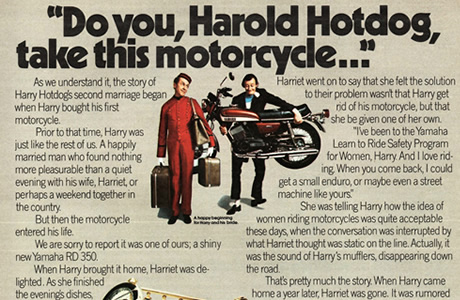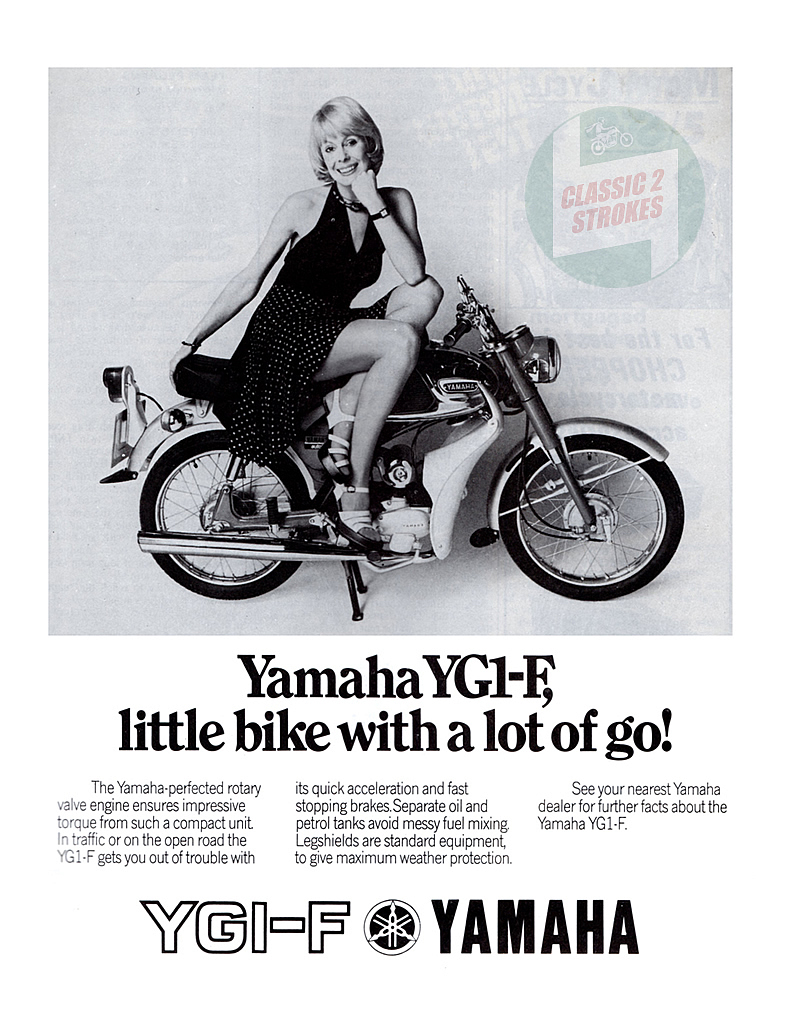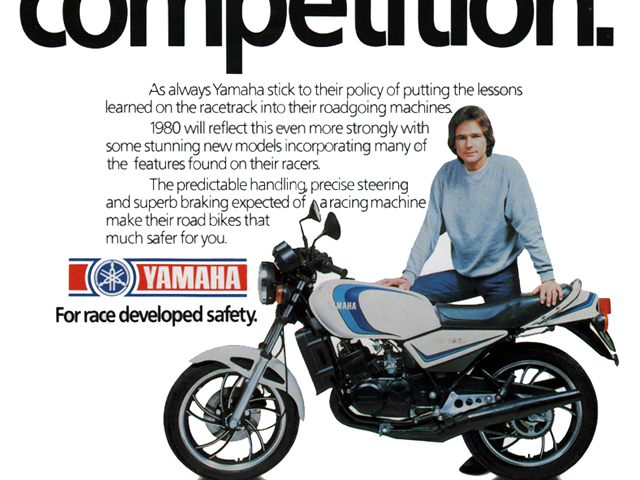In the heady days of the early 70’s getting on the road on a motorcycle was easy. Even at the age of 16 there was a plethora of sporty 50cc mopeds to satisfy your need for speed. You could choose the legendary ‘Fizzy’, Yamaha’s FS-1E, the Suzuki AP50 plus a substantial handful of ever more exotic offerings from Italian manufacturers such as Gilera and Garelli. Despite the 1977 law which restricted mopeds to just 30mph, many of these 50cc dream machines were potentially capable of 60mph+ (illegally of course!), were fun to ride and relatively cheap to own and run. Many riders never ventured further than a 50, preferring instead to gravitate to car ownership once their 17th birthday came around.
For many of us who had caught the 2-wheel bug, hitting 17 meant that the moped could be traded in for a 250. No longer restricted to just 30mph (as if!), even early 70’s Japanese 2-stroke 250cc bikes offered near 100 mph performance – worlds apart from even the quickest of 50cc machines. What’s more you could ride one with an ‘L’ plate on the back WITHOUT taking your motorcycle test. The market for both new and used quarter litre bikes was large, with the Japanese manufacturers being at the forefront. Yamaha had the RD250 (and later the LC250), Suzuki the GT250 (and later the X7), whilst Kawasaki offered the baby triple cylinder KH250 (and later the iconic KR-1S). Sadly the extra power brought with it more accidents and increased insurance rates so for 1983 the government brought in a new law restricting learner riders to machines with a maximum capacity of 125cc and maximum power output of only 12 bhp. The 125 law followed the introduction of a new 2-part motorcycle test in March 1982. No longer was passing your test such as breeze as it had been previously.
Our ad is from late 1982 and is one of many that the Department of Transport ran in contemporary motorcycle magazines to publicise the change in the learner motorcycle law. Though many people were initially against it, particularly the motorcycle trade (the 250cc market was decimated almost overnight), there is no doubt that it new motorcycle riders were potentially far better prepared for the road than many of had been previously and that could only have been a good thing.





